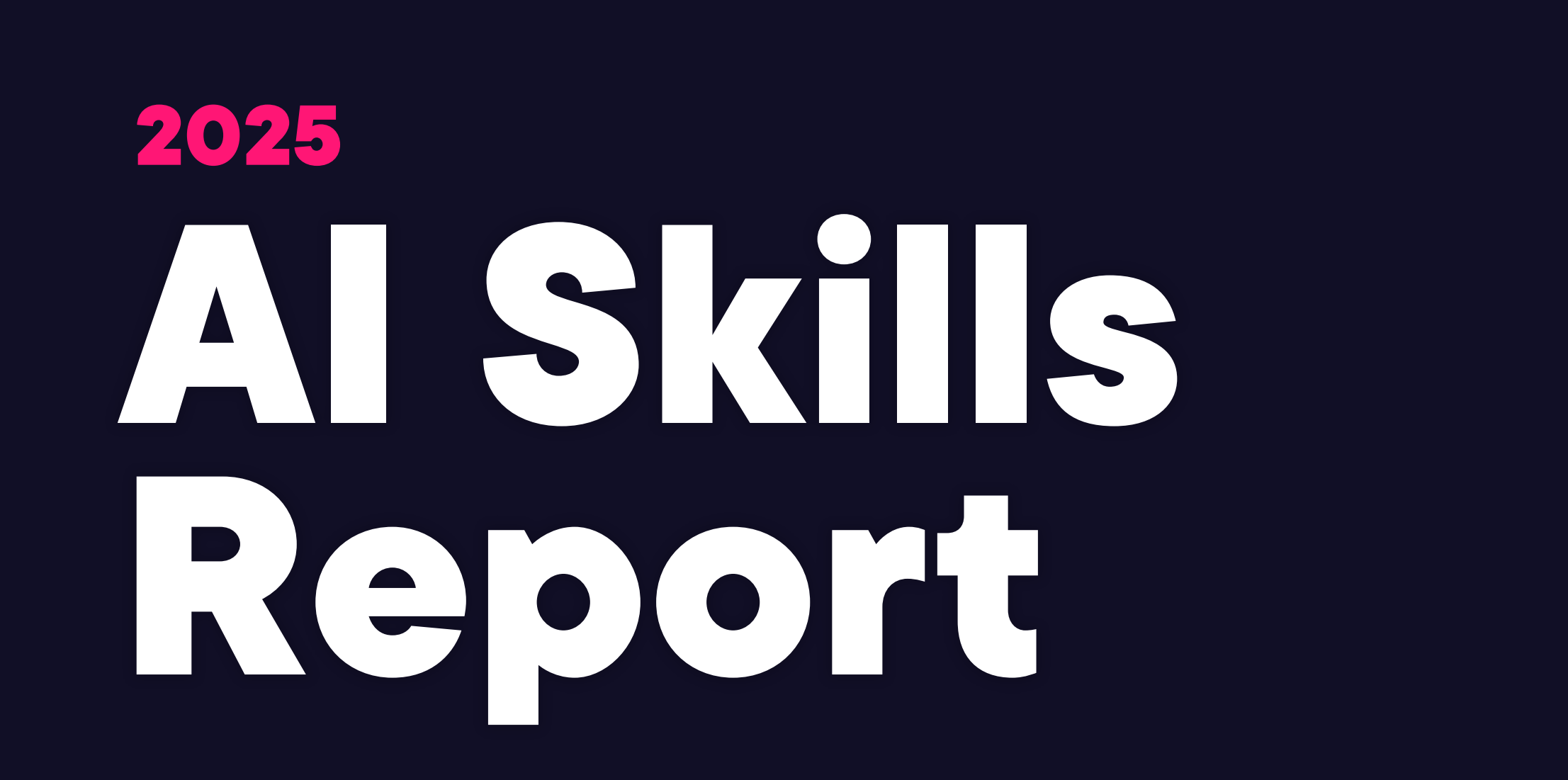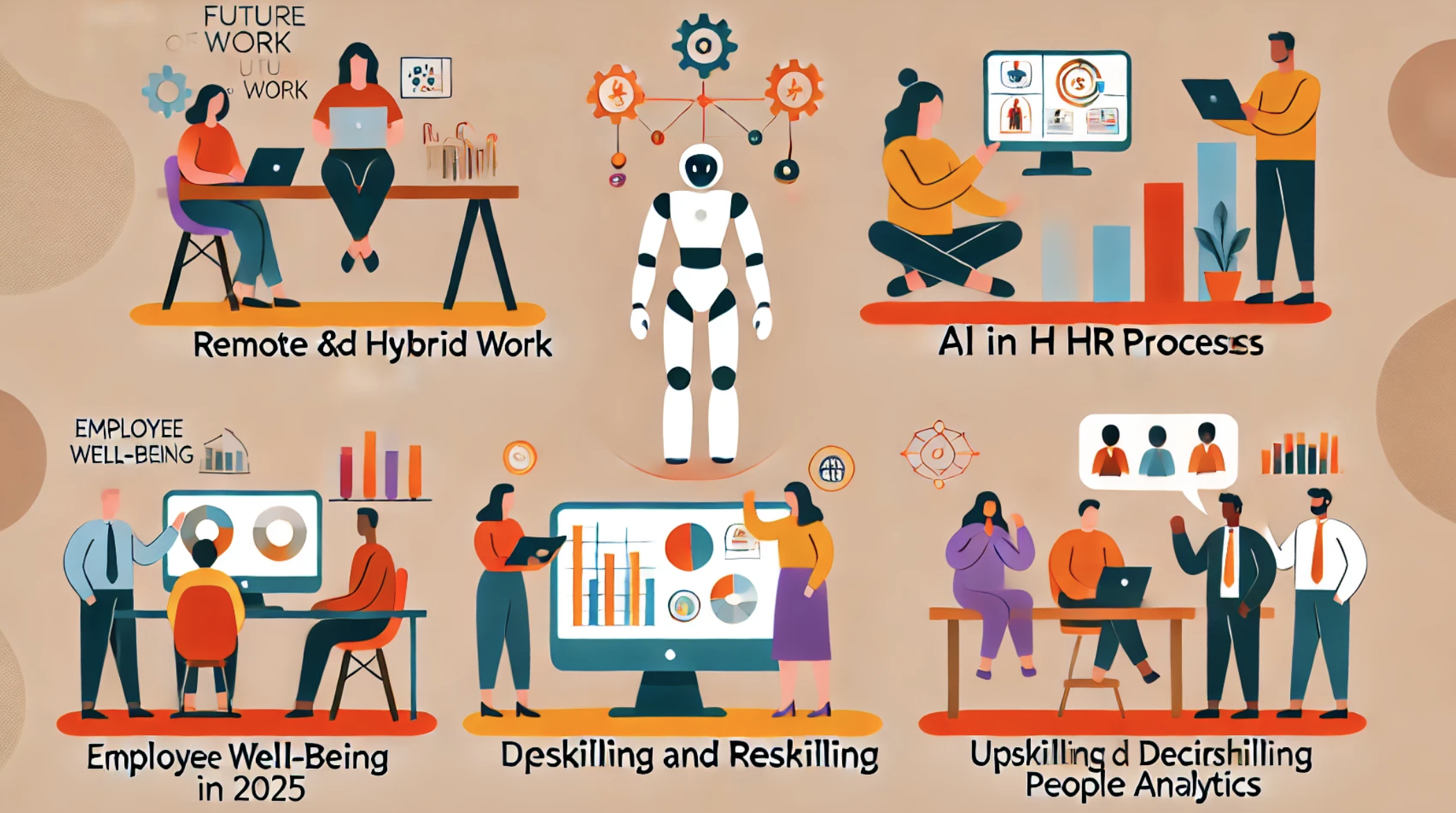 upskilling
upskilling
 upskilling
upskilling
 upskilling
upskilling
 upskilling
upskilling
 upskilling
upskilling
 upskilling
upskilling
 upskilling
upskilling
 upskilling
upskilling
 upskilling
upskilling
 upskilling
upskilling





 扫一扫
添加客服
扫一扫
添加客服




